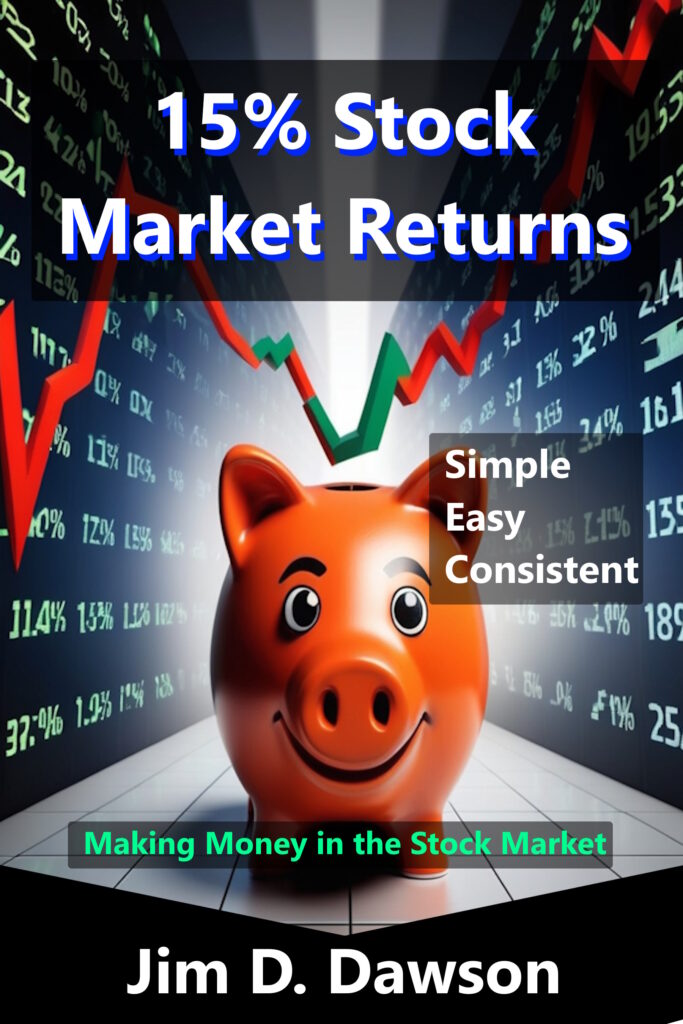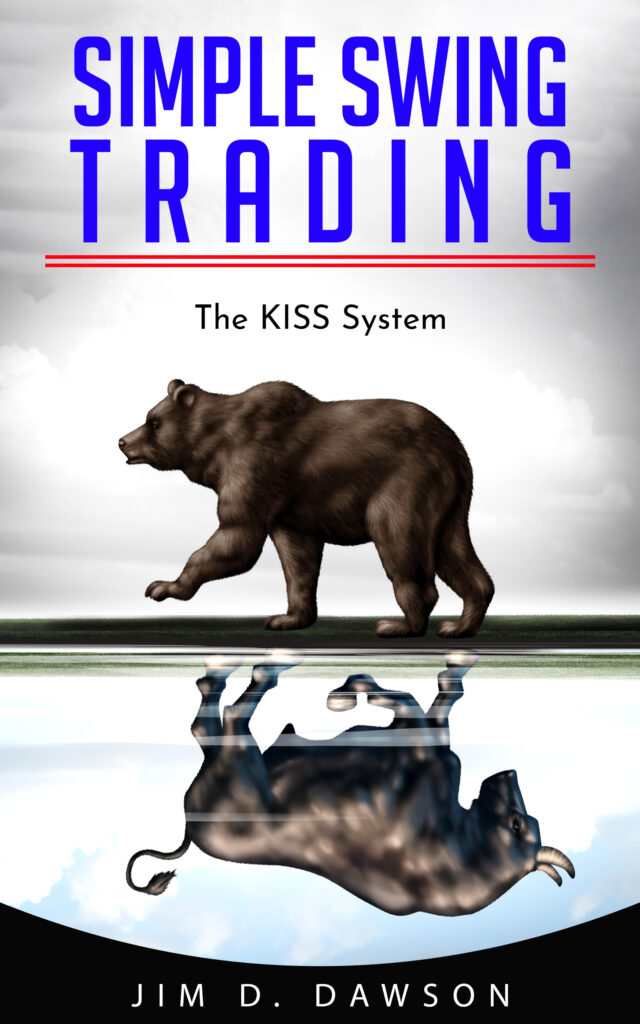Volatility is a critical factor in the world of options trading, influencing the price of options and the strategies that traders employ. In essence, volatility measures the degree of variation in the price of an asset over time. For options traders, understanding volatility is crucial because it directly impacts the premium of an option, the likelihood of an option expiring in the money, and the overall risk and reward potential of trading strategies.
This essay delves into the role of volatility in option pricing, examining how it affects option premiums, the different types of volatility, and how traders can use volatility to their advantage.
Understanding Volatility
Volatility refers to the degree of variation in the price of a financial asset over time. In options trading, two main types of volatility are considered: historical volatility and implied volatility.
- Historical Volatility (HV):
- Historical volatility measures the actual past price movements of an asset. It is calculated using statistical metrics such as the standard deviation of the asset’s returns over a specific period.
- HV is backward-looking, providing insights into how much an asset’s price has fluctuated in the past. While historical volatility is important, it does not predict future movements directly but helps traders understand the asset’s past behavior.
- Implied Volatility (IV):
- Implied volatility, on the other hand, is forward-looking. It represents the market’s expectations of future volatility and is derived from the prices of options in the market.
- IV is a key component in option pricing models, such as the Black-Scholes model. It reflects the market’s consensus on the likelihood of significant price movements in the underlying asset.
- Unlike historical volatility, implied volatility is not directly observable; instead, it is inferred from the option’s premium. High implied volatility typically leads to higher option premiums, while low implied volatility results in lower premiums.
Volatility and the Black-Scholes Model
The Black-Scholes model is one of the most widely used models for option pricing. It incorporates several factors, including the underlying asset’s price, the strike price, time to expiration, risk-free interest rate, and volatility. Among these variables, volatility is often the most significant because it has a direct and profound impact on the option’s price.
The Black-Scholes formula for a call option is:
C=S0N(d1)−Xe−rTN(d2)C = S_0 N(d_1) – X e^{-rT} N(d_2)
Where:
- CC is the call option price.
- S0S_0 is the current price of the underlying asset.
- XX is the strike price of the option.
- TT is the time to expiration.
- rr is the risk-free interest rate.
- N(d1)N(d_1) and N(d2)N(d_2) are cumulative distribution functions of a standard normal distribution.
The factors d1d_1 and d2d_2 are calculated as follows:
d1=ln(S0/X)+(r+σ2/2)TσTd_1 = \frac{\ln(S_0 / X) + (r + \sigma^2 / 2)T}{\sigma \sqrt{T}}



